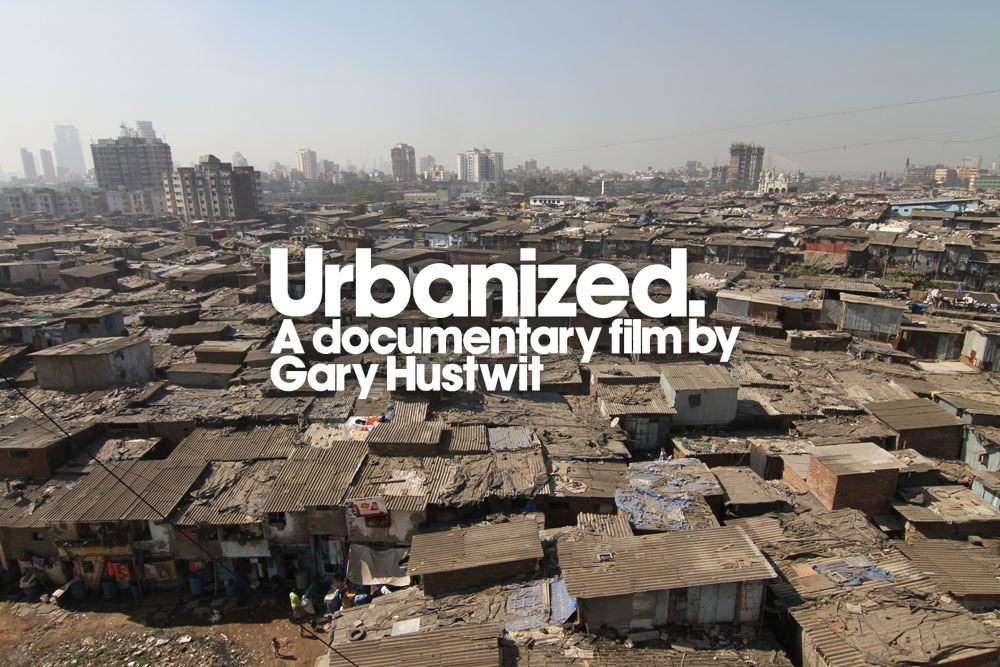Smart Thinking is a book by Art Markman about how smart people solve problems. It is an eye opening read about why a human brain can solve problems that chimpanzee cannot.
- Smart thinking is ability to gather and remember good content and knowledge, then apply them in unusual ways. An example is the Dyson vacuum, which uses a sawdust collection method within a home vacuum context.
- Learning and using proverbs can help with smart and out-of-the-box thinking. Applying knowledge in unusual ways requires out-of-the-box thinking. Our brains are constructed to naturally perform in-the-box thinking. That is because the brain is optimized for information retrieval within a context that makes the most sense. So information about food is easiest to retrieve when one is in the kitchen or at a market because it is the most useful there. To do out-of-the-box thinking then, one needs to free the brain from the context of its surroundings. Using proverbs can do this. Proverbs describe a situation in an abstract way, thereby freeing the brain from the current context and allowing it to freely perform cross-context and out-of-the-box thinking.
- To change a habit, you must replace it with another one. You cannot replace something with nothing. For example, "stop smoking" as a goal is not as good as "every time I want to smoke, I work on a jigsaw puzzle instead." Without another anchoring habit, the old habit will prevail in association with established environment or contexts. For example, if smoking occurs during TV time, then the urge to light up will be strong during TV time. Trying to resist the urge to smoke is very difficult, and the brain's association between watching TV and smoking will prevail unless another activity is programmed in its place. Working on a jigsaw puzzle, or picking up crochet may be other ways to keep the hands busy during TV time and build a new association within the TV-time context.
- Causal Thinking separates human intelligence from chimpanzee intelligence. Humans try to understand the "why" behind how things work. Chimpanzees observe patterns but do not deduce the "why" behind it. One example is a puzzle whereby a container with food will eject the food if a straw is inserted from the right. Chimps in the experiment eventually learned to insert the straw on the right. But when the puzzle was turned around such that the straw needs to be inserted form the left, the chimp had to start over with trial and error until he could establish the new pattern. Without understanding the "why," the chimp is unable to solve for a similar situation using prior knowledge. This human curiosity about the "why" allows humans to go beyond pattern matching and allow each generation to improve upon the designs of the previous generation.
- Being smart can be learned, and comes with practice. One can practice causal thinking. One method is to constantly self-teach when learning new information. This method forces thorough causal understanding, because without it, self-teach is not possible. When learning new information, it is useful to think of the information in terms of objects, events and causal relationships.








